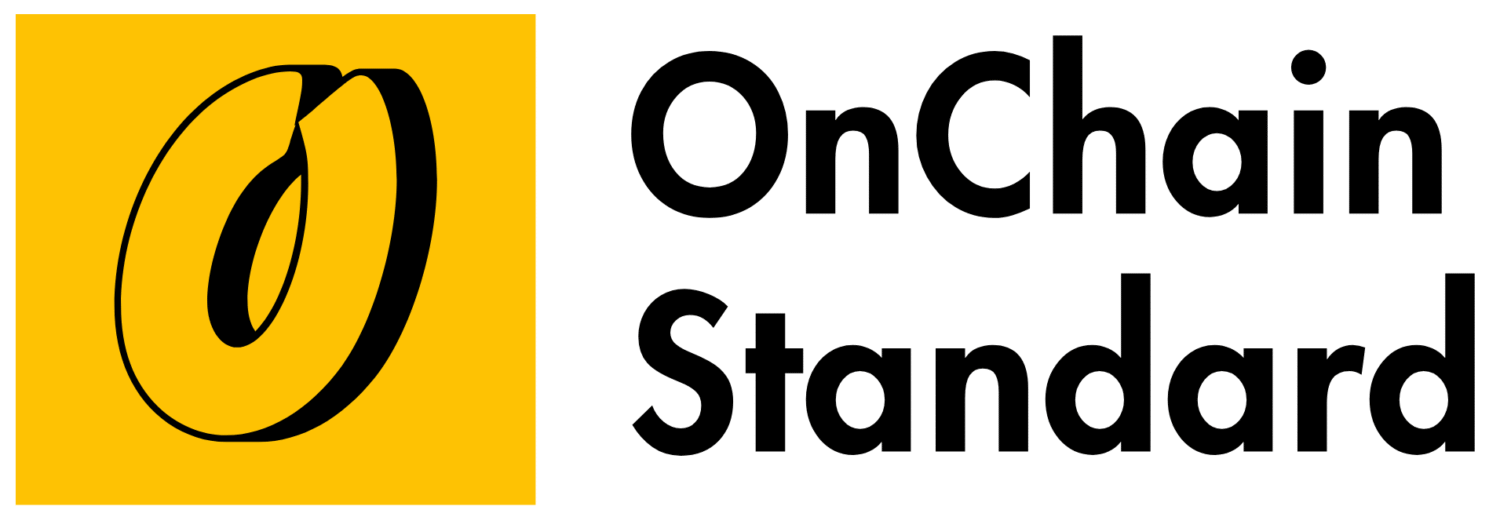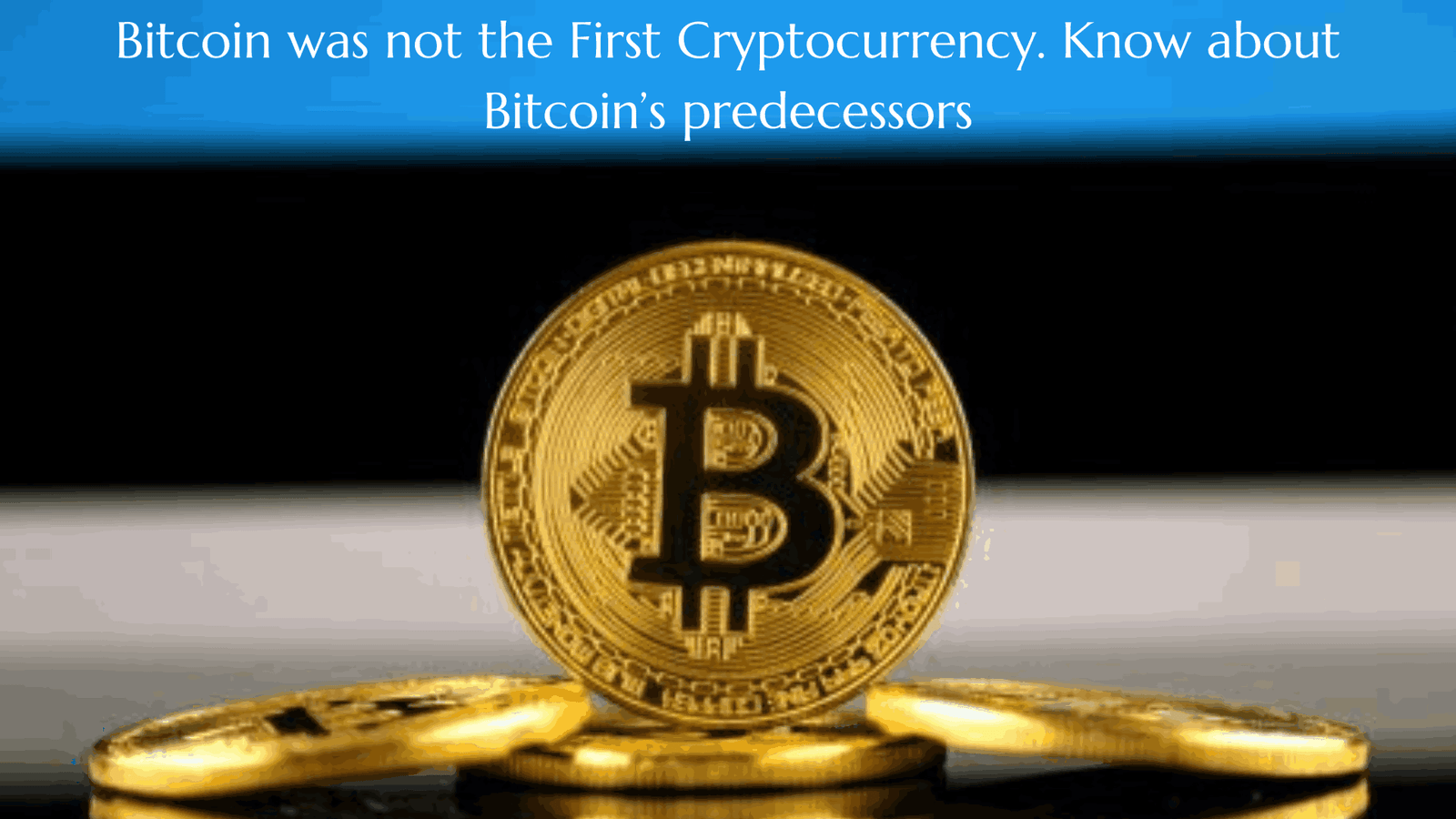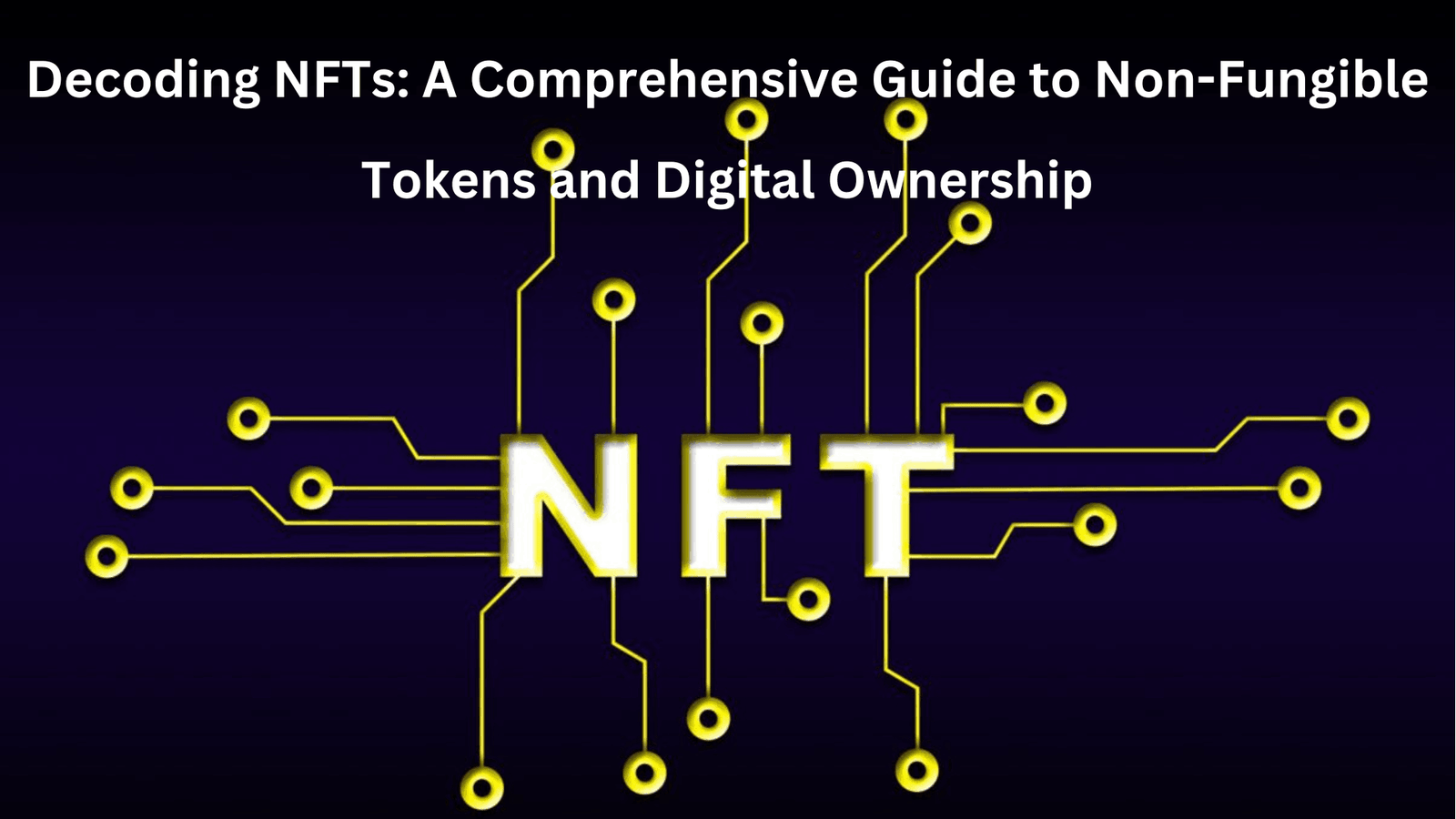Bitcoin was not the First Cryptocurrency. Know about Bitcoin’s predecessors
Introduction:
In the 1970s, a new era dawned in the world of money. People started finding ways to use secret codes (cryptography) in cool ways, beyond just military stuff. A group of tech enthusiasts joined forces and called themselves cypherpunks. These folks believed that secret codes and open-source ideas could create amazing digital systems. While Bitcoin is a superstar in the cryptocurrency world, it’s important to know about the early players who paved the way for its success.
eCash by Dr. David Chaum: Securing Digital Money with a Banking Secret Code

Picture a world where your money isn’t just in your wallet or bank, but in a digital form protected by a secret code. Dr. David Chaum’s brainchild, eCash, sought to make this concept a reality. With eCash, individuals could store their hard-earned funds digitally, authenticated by cryptographic signatures from trusted banks. This innovation promised a convenient and secure alternative to physical cash, allowing users to carry their money with them electronically.
Beyond the secure storage, eCash introduced a revolutionary idea: spending digital money like you would physical currency. People could use their eCash to make purchases at stores that embraced this novel form of payment. This pioneering concept foreshadowed the ease and convenience that modern cryptocurrencies like Bitcoin would later bring to the world of transactions.
Hashcash by Dr. Adam Back: Nipping Email Spam in the Bud with Computational Costs

The proliferation of annoying email spam was a growing nuisance in the digital realm. Dr. Adam Back’s Hashcash came to the rescue with a clever countermeasure. Instead of relying on complicated user accounts or intricate filters, Hashcash made spammers “pay” to send emails. How? By requiring senders to perform a small but noticeable amount of computer work. this innovative approach imposed a cost on sending each email, effectively deterring spammers who had to invest computational power for every message.
This elegant solution brought a sense of fairness to the email ecosystem, making it less lucrative for those looking to inundate inboxes with unsolicited messages. The simplicity and effectiveness of Hashcash marked a significant step toward securing digital communications.
B-money by Wei Dai: Your Very Own Secret Digital Cash System

Wei Dai’s brainchild, B-money, delved into the realm of personal sovereignty in the digital economy. Ever wondered what it would be like to have your own private digital cash system. B-money aimed to make that a reality. Participants in this envisioned system would maintain their own mini-databases, tracking their personal funds independently.
To ensure honesty within this decentralized setup, B-money took a unique approach: participants would put their own money on the line as collateral. This incentivized everyone to play by the rules, as dishonest behavior would come at a personal cost. B-money exemplified the drive to create a digital cash system that empowered individuals and minimized the need for intermediaries.
Reusable Proof of Work (RPOW) by Hal Finney: Digital Tokens for Single-Use Transactions

Hal Finney’s Reusable Proof of Work (RPOW) took a simple yet ingenious approach to digital tokens. These tokens, akin to digital coupons, could be used only once. The trick lay in the central computer’s validation process – it ensured that each token was genuine and not reused. this straightforward method addressed the critical challenge of double-spending in digital transactions.
By introducing single-use tokens with a central verification system, RPOW forged a path toward secure and verifiable digital transactions. This innovation illustrated that solutions to complex problems need not be convoluted.
Bit Gold by Nick Szabo: Tying Digital Value to Computational Effort
Building on Hal Finney’s RPOW, Nick Szabo’s Bit Gold took a fresh approach to attributing value to digital currency. Bit Gold’s value wasn’t based on traditional factors like government backing or precious metals. Instead, it linked value to the computational work required to create a unit of currency.
This groundbreaking concept introduced the notion of scarcity to digital money. Similar to how precious metals are scarce and valuable due to the effort needed to mine them, Bit Gold’s value grew with the computational effort expended to “mine” new units. This approach brought a new level of intrigue and economic sophistication to digital currencies, demonstrating the potential for innovation in this emerging field.
Hurdles Along the Way:
These early projects were cool, but they faced problems. One big headache was who had control over the digital money. It turns out, keeping things decentralized – meaning not controlled by one big authority – was tricky. Also, the value of their digital money sometimes went up and down like a rollercoaster, making it hard to trust.
Enter Bitcoin:
On a fateful day in October 2008, Bitcoin stepped onto the scene. It took inspiration from these earlier projects and learned from their mistakes. Bitcoin combined the best parts of eCash, Hashcash, B-money, RPOW, and Bit Gold. It aimed to be a digital currency that wasn’t bossed around by one person and had a more stable value.
Before Bitcoin made headlines, there were these clever minds experimenting with digital money. While they had some stumbles, their ideas paved the way for Bitcoin to swoop in and make history. It’s like these pioneers set the stage, and Bitcoin was the superstar that took center stage, changing the way we think about money.




